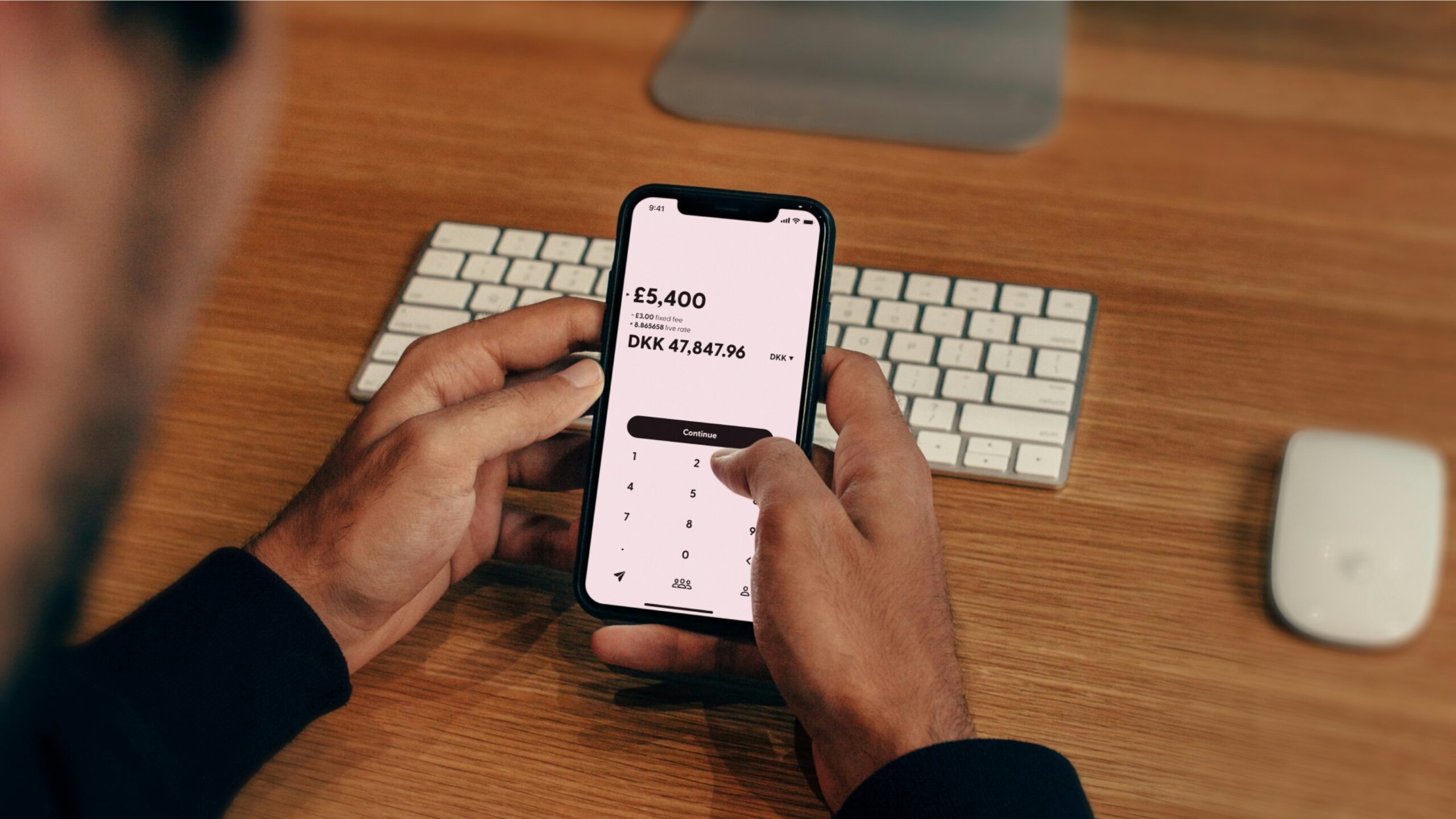The Evolution of Banking
In today’s digital age, the way we interact with financial services has undergone a significant transformation. Traditional brick-and-mortar banks are being replaced by online and mobile banking platforms that offer convenience, accessibility, and a user-friendly experience. As a result, the importance of user interface (UI) and user experience (UX) in the financial industry has become paramount.
What is UI/UX?
UI refers to the visual elements and layout of a digital platform, while UX focuses on the overall experience and ease of use. In the context of banking, UI/UX encompasses everything from the design of the website or mobile app to the ease of navigation, clarity of information, and efficiency of transactions.
The Benefits of Innovative UI/UX in Banking
1. Enhanced User Experience: Innovative UI/UX design can greatly improve the overall user experience. By creating intuitive interfaces, banks can simplify complex financial processes and make them more accessible to customers. This leads to increased customer satisfaction and loyalty.
2. Streamlined Navigation: Clear and intuitive navigation is crucial in banking applications. Users should be able to easily find the information they need and perform transactions without any confusion or frustration. Intuitive navigation reduces the learning curve for new users and encourages them to engage with the platform.
3. Personalization: Modern banking platforms are leveraging UI/UX to offer personalized experiences to their customers. By analyzing user behavior and preferences, banks can tailor the interface to meet individual needs. This customization enhances the user’s sense of control and fosters a deeper connection with the bank.
4. Increased Security: UI/UX design plays a vital role in ensuring the security of financial transactions. Banks are implementing innovative features such as biometric authentication and two-factor authentication to enhance security while maintaining a seamless user experience. Clear and concise security prompts and alerts also help users make informed decisions and protect their accounts.
Innovations in UI/UX for Modern Banking
1. Mobile-First Design: With the rise of smartphones, mobile banking has become the preferred method for many customers. Banks are adopting mobile-first design principles, optimizing their platforms for smaller screens and touch interactions. This includes features like simplified navigation, gesture-based controls, and responsive layouts.
2. Interactive Data Visualization: Traditional banking statements and reports can be overwhelming and difficult to understand. Innovative UI/UX design incorporates interactive data visualization, allowing users to explore their financial data in a visually appealing and easy-to-understand manner. Infographics, charts, and graphs help users make sense of their financial information at a glance.
3. Conversational Interfaces: Chatbots and virtual assistants are revolutionizing customer support in the banking industry. These AI-powered interfaces provide instant responses to customer queries, guide users through transactions, and offer personalized recommendations. Conversational interfaces create a more human-like interaction, making banking services more approachable and user-friendly.
4. Seamless Integration: Modern banking platforms are integrating with third-party services to provide a seamless user experience. For example, users can link their bank accounts with budgeting apps, investment platforms, and payment services. This integration simplifies financial management and allows users to access multiple services from a single platform.
The Future of UI/UX in Banking
The rapid advancements in technology and the increasing demand for user-friendly financial services indicate that UI/UX will continue to play a crucial role in the banking industry. As customers’ expectations evolve, banks will need to invest in innovative UI/UX design to stay competitive.
Future trends may include augmented reality (AR) interfaces, voice-activated banking, and personalized financial insights based on machine learning algorithms. The focus will be on creating seamless, secure, and personalized experiences that empower users to manage their finances with ease.
Conclusion
UI/UX design has become a key differentiator in the banking industry. By prioritizing innovative UI/UX, banks can create user-friendly platforms that enhance the overall banking experience, increase customer satisfaction, and build long-term relationships. As technology continues to advance, the future of UI/UX in banking holds great potential for further innovation and improvement.









Leave a Reply